Why You Are Not Making Enough Sales
The Solution to Low Art Sales That You Can Start Today
Why aren't you making enough sales?
Where's the growth?
When will you get to where you want to be?
Good news and bad news here. Let's start with the bad:
The answers to these questions don't have anything to do with some tactic you're missing – or some tool you haven't yet discovered.
The answer isn't that somebody else is holding you back from success.
The hard truth is that if you aren't selling as much as you want to be, it is because of you.
"In a typical day, you make dozens of little decisions in your mind about your business: What tasks you do, what tasks you don't do, with whom to associate, and whom to avoid. These individual decisions can appear trivial, even inconsequential, but taken as a whole, they define why you are in the place you are right now. They are predictors of who you will become." –Nick Friend, Owner
You are the only one deciding what to focus on today. You were the only one deciding what to focus on a year ago.
Those decisions, over time, have led your photography/art business to where it stands today.
The good news? If you are the only one responsible for where you're at, you are also the only one with the power to get yourself where you want to be.
When I first realized this in my early days of building businesses, I found it to be incredibly empowering. Taking on blame is tough, but internalizing our own role in our success is life-changing.
You Have One Simple Problem

"I don't know why my sales aren't growing".
"I see my website is getting some traffic, but not enough people are ordering!"
I hear it all the time, and I always respond the same way: tell me everything you know about your customers.
I ask this same question to you, now: what do you actually know about your customers?
What are their ages? Where do they live? What types of jobs do they have (see also 'What Is The Highest Paying Job In Art?')? What are their interests? What clubs or groups are they a part of?
And why do these customers like your work? Why do they have an emotional connection to your subject matter? In short - why did they buy?
More often than not, photographers and artists cannot answer these questions.
So, if you have a sales problem, at its core, it is because you don’t know enough about your customers. You don’t know who they are, and you don’t know what makes them tick.
As a result, you don't know what they want. You don't know how you can be useful to them. You don't know how to find more of them.
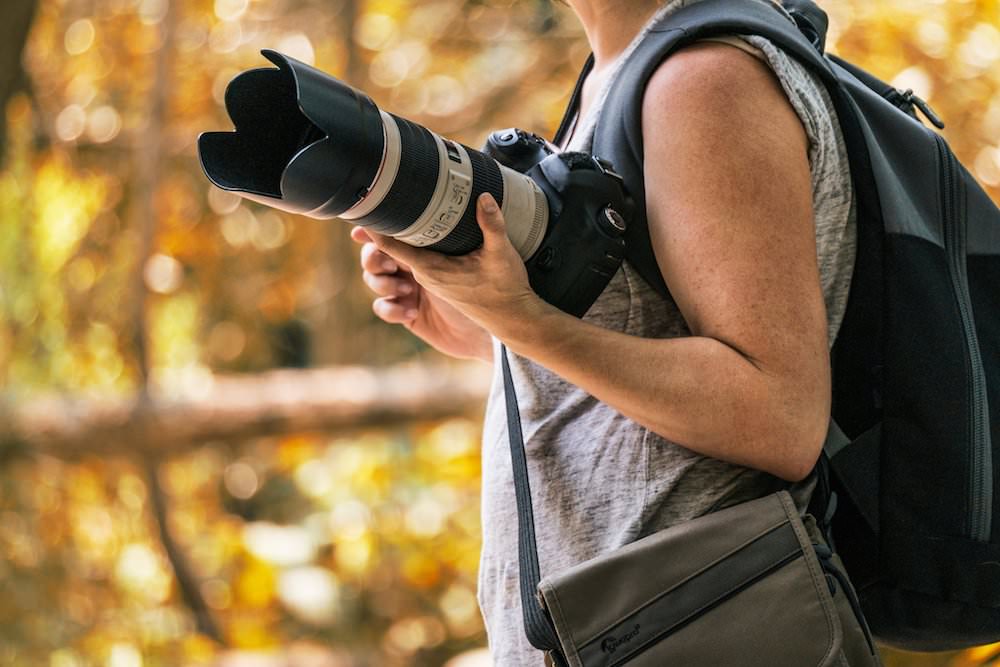
Operating in this way involves a head-spinning amount of wasted time. Every minute you spend tinkering with your website, creating new work, uploading to art websites, and trying new tactics is essentially a distraction. It doesn't matter.
Because if you really knew who your customer was, you could go find them and sell them something today.
I'm not joking - give me a proper breakdown of who your target customer is and I'll tell you how to find them and make a sale today, or at least pick up a handful of qualified prospects. It's not rocket science, you can really do this.
The only reason you can't right now is that you don't know who to target or where to focus your energy.
Until you get that information and incorporate it into everything you do, you're creating artwork for no one but yourself. You're making a product for yourself, and you might just be the only one who buys it.
And this approach is completely fine – IF your only goal is artistic fulfillment.
If you do want to sell your work, however, you need to start creating a product for others. As in every other industry, the fundamentals of business apply to photography and fine art: you can't expect to sell a product that wasn't designed with any particular buyer in mind.
Put differently – you will be rewarded in an amount directly proportional to how useful you are to the world. It has taken me almost 20 years as an entrepreneur to truly wrap my head around this, but it is 100% true.
If people are not buying your art, then they do not feel that hanging your art in their home will improve their lives. At the present moment, your art is not useful to them.
If you want to sell more art, your art needs to improve lives and be useful to people. Figure that out, and everything will change. This is your core problem. Everything else is a distraction.
One Key for Every Level

I'm not just talking about going from no sales to your first sale here.
I don't care if you're selling $100,000/year. If you want to get to $1,000,000, you need to understand your customer more deeply.
I have had a business that hit a wall at $10MM in annual sales.
After a year of trying to get beyond that number, we discovered that we just didn’t know enough about some of our newer customer segments. So we dove in and learned. We solved the core problem, and everything changed from there.
Once you know who your customer is, all the doors open up. You can now find them and create engagement, deep passion, and real fans.
You can create your work with absolute confidence that customers out there want it and will buy it.
You don't have to wait around hoping sales come in - you can actually manifest them.
There's only one thing left to talk about: how? Keep reading.
How to Get To Know Your Customers
One of the most popular ways to go about this is to create a "buyer persona" - a single-page document that attempts to identify all the characteristics of a core customer segment.
This powerful exercise is practiced by most marketing departments to make it easy for their employees to understand who their customer is.
Here's an example:
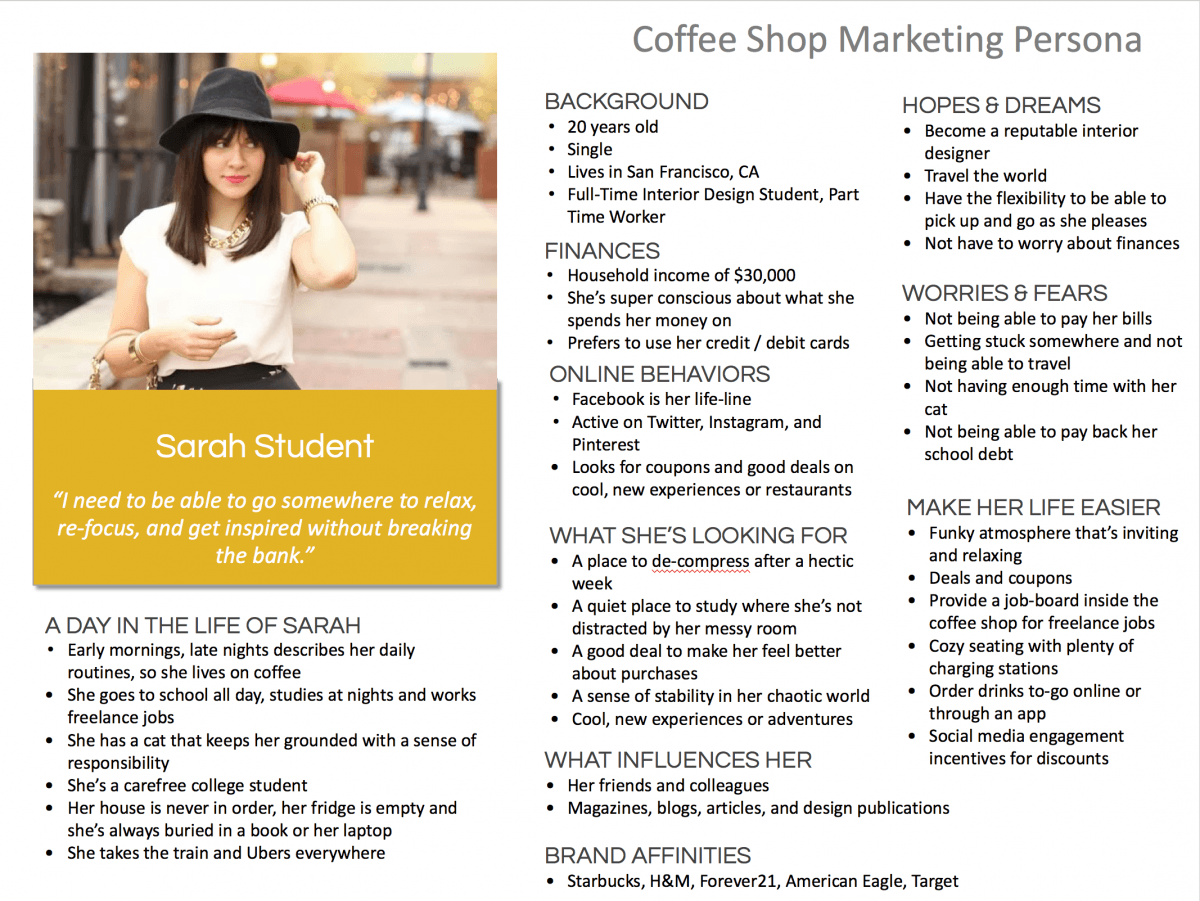
source: Iron Spring Designs
While you could create your own buyer personas (and you should once you can), I don't want you to get bogged down in an academic exercise that is actually just common sense.
Instead, I want you to take the shortest possible route to learning about your customer. Can you guess what it is?
Get out and talk to people. That's it! No mystery, no research tools, just have real one-on-one conversations with people who've bought your work or visited your website.
Talk to them, ask them questions, and find out who they are. Then, record what you're seeing and hearing from them onto a spreadsheet so that you can start figuring out the patterns.
Here's an example you can use - just use File > Save a Copy to duplicate it for your own use.
Whenever any of my companies exhibit at trade shows, I tell the salespeople to immediately write down all the important information they learned about a prospect on the back of their business card after speaking to them. It is hard to stay organized in the middle of a busy show, so this works really well.
You should do something similar. When you get an order at a show, on the back of the invoice, write down some key information about the prospect. When you talk to prospects who love your work but don’t buy, write down what you learn.
All you need to do is find out who likes your work and why they like it. You don’t need to be a marketing professional, you just need to not be asleep at the wheel.
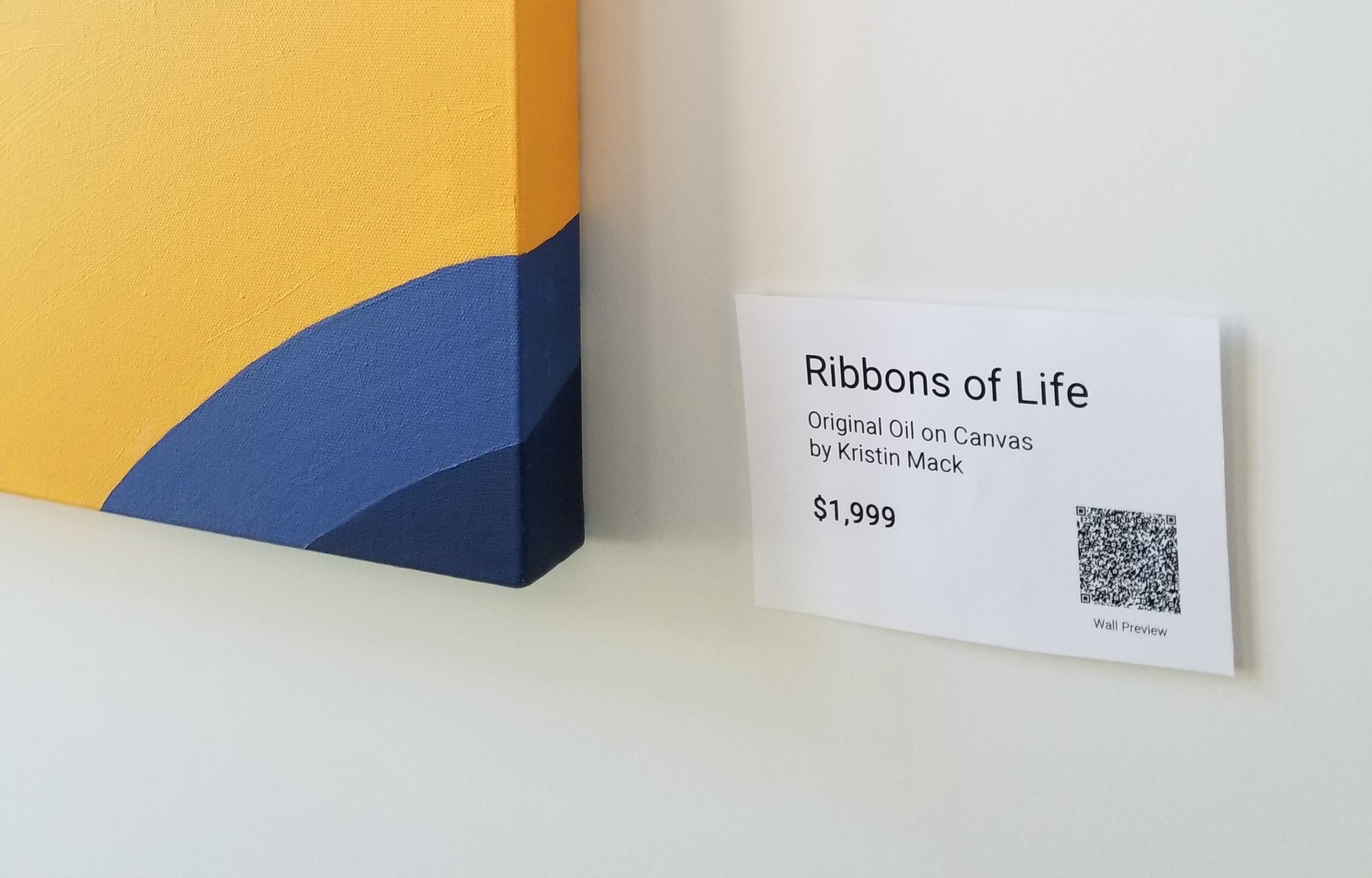
When you get home, transfer these notes onto your spreadsheet. If you have a history of past orders, go through them.
Look at the customer names. Are they male or female? Think about the average age group of the vast majority of the customers - did they tend to be within a certain age range? What were their interests? Where did they live?
Are there any trends there? With enough data in the spreadsheet, you'll start to see the patterns emerge. That's all you're looking for. With a pattern, you can make an assumption. Then, you can test that assumption.
Need more data? Easy, when new people sign up for your email list (either on your website or in person), send them a thank you email. In this email, tell them you love to learn about your fans and hear what they enjoy about your art - what inspired them to join your list.
Write it in a way that encourages them to talk and tell you their story. Ask them to hit reply and send you a message.
Doing this will give you continual insights into the people who love your work and, over time, this information will become invaluable.
Don't worry, only a small portion will actually respond to your email - this is a good thing because these will be your true fans, the ones you really care about finding more of.
As always, record this information on your spreadsheet. This is a process that never ends.
Why It Needs to Be You
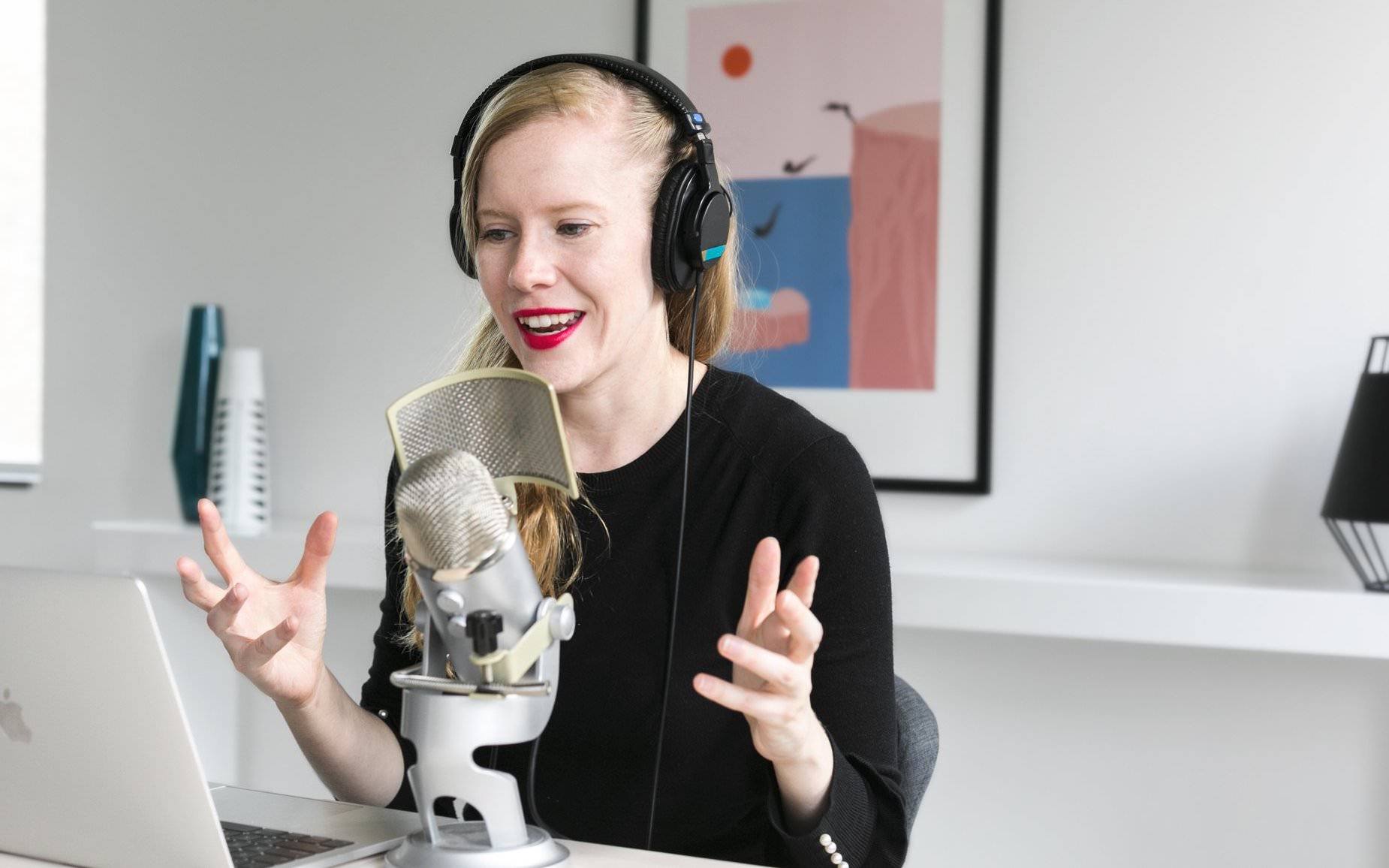
At this point, you can probably see why direct marketing is so important.
Every time a photographer or artist tells me “I hate doing the marketing”, or “Can't I just hire someone else to do this stuff?”, I cringe.
Really? You hate learning whether your content is actually resonating with people? You hate learning how you can maximize YOUR impact on the world, by improving the lives of others through your art?
I liken it to an inventor making new, random creations in his lab all day without any care as to what actual users want or need because he "hates marketing". We'd describe him as a mad scientist! A broke, mad scientist.
“The greatest success, is success through the success of others.” –Nick Friend, Owner
The path to a successful business depends on your ability to understand how what you do resonates with your customer, and no one can do this better than you.
This is one reason why I love social media marketing on platforms like Facebook and Instagram – never before could a photographer or artist post literally every piece of content they have, sequentially, over the course of time, and get direct, real feedback from actual people.
In other words - likes. Comments. Shares. You'll notice some pieces you post get a bigger reaction than others. These are the ones actually providing enjoyment! These are the ones that others see as valuable.
Once you have conversations with your buyers, you'll learn what resonates. When you know what resonates, you can make better decisions.
Practice this process enough and you'll start getting better and better at it. The impact of it will grow larger and larger and larger.
Then, the sales come.
Nick Friend is an owner of Art Storefronts and a success mentor to its members.
He carries with him 18 years of industry experience, and is committed to building a world in which artists are the ones who profit most from their work.
Learn more in Nick's full bio.
Read the letter Nick sends to every new Art Storefronts customer on Day 1 »
Related Posts
- A $3,700 Art Sale Placed on an iPad? A New Era of Selling Art Has Arrived
- Art Storefronts Is Not a Marketplace, We're Something Better
- 20 Must Have Features to Sell Art Online with Your Website
- Introducing Live Wall Preview with Augmented Reality Feature
- Our Mission: Solving the Starving Artist Problem
- The Journey: Learning How to Sell Art Online
Art Storefronts Is the All-In-One Art Business Solution
We help photographers and artists open and run their own art gallery business, online.
Your Own Website
Best-in-class software built from the ground up specifically for photographers and artists.
Back Office Tools
Spend less time on paperwork, and more time creating.
A Marketing Plan
Skip the frustration – we'll teach you what's actually working for photographers and artists.
What Our Customers Are Saying

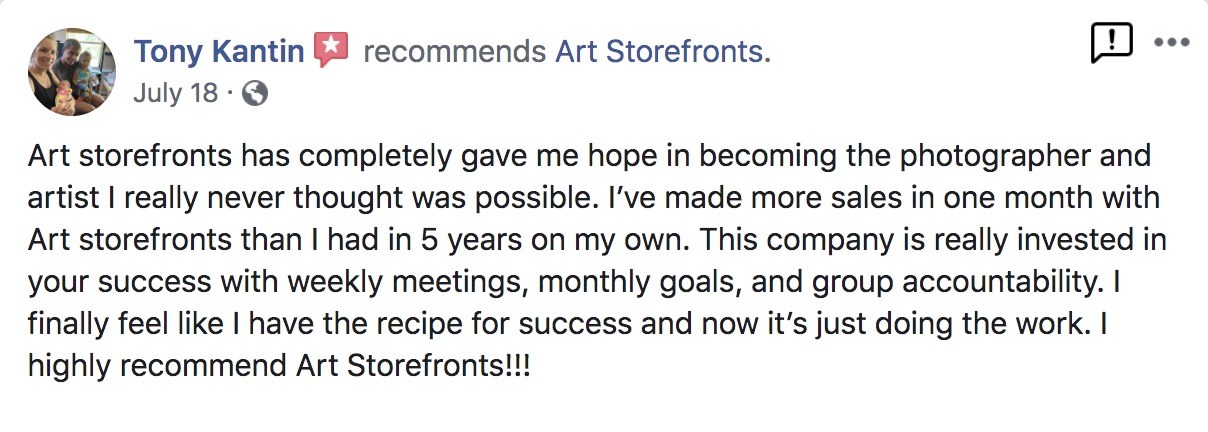

Sell More Art With Augmented Reality
An augmented reality tool purpose-built for artists and photographers. You'll sell more art than ever when your buyers can see what your work will look like on their walls – straight from your website (no app downloads required!).
Get Art Marketing Advice Sent to Your Inbox
Enter you email address below and we'll keep you up-to-date on all the latest and greatest art marketing strategies and tactics.


